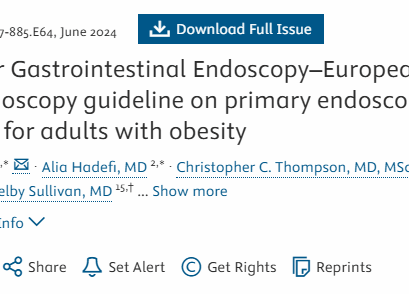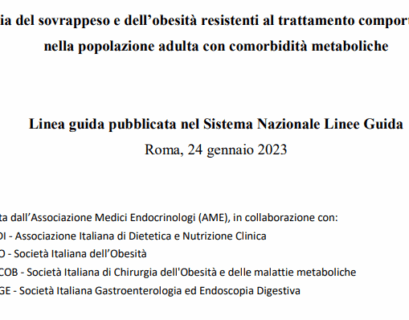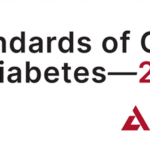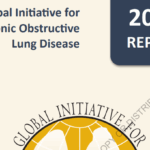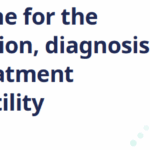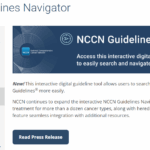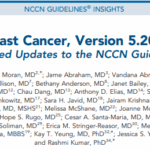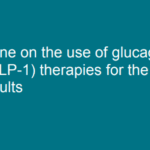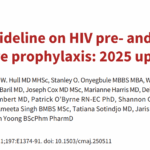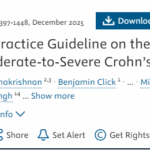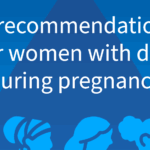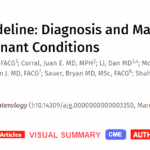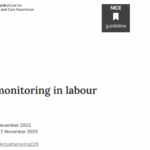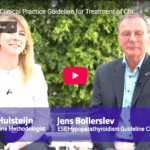Linee guida tumori del rene
Cancro al reneLa Linea Guida AIOM Tumori del Rene ha lo scopo di formulare alcune raccomandazioni per quanto riguarda il trattamento della malattia in...
Linee guida neoplasia del polmone
Cancro al polmoneLe Linee guida AIOM Neoplasie del polmone hanno lo scopo di formulare le raccomandazioni per quanto riguarda: la prevenzione del tumore...
Linee guida carcinoma del pancreas esocrino
Cancro al pancreasLe Linee guida AIOM sul Carcinoma del pancreas hanno lo scopo di formulare le raccomandazioni per quanto riguarda: la diagnosi del...
Linee guida epatocarcinoma
Cancro al fegatoL’AIOM ha pubblicato sul SNLG la nuove linee guida sull’epatocarcinoma. Scarica e leggi il documento in full text: Linee guida...
Linee guida tumori del colon
Cancro al colon-rettoLe Linee guida AIOM Tumori del colon hanno lo scopo di formulare le raccomandazioni per quanto riguarda: la prevenzione del tumore del...
Linee Guida Neoplasie Cerebrali
Cancro al cervelloLe Linee guida AIOM sulle neoplasie cerebrali hanno lo scopo di formulare le raccomandazioni per quanto riguarda: terapia chirurgica dei...
Linee guida EAN sulla gestione della sclerosi laterale amiotrofica (SLA)
SLAIl seguente aggiornamento delle Linee Guida sulla gestione della sclerosi laterale amiotrofica (SLA) è stato commissionato...
Analisi comparativa delle linee guida ESC ed ESH sull’ipertensione: Revisione
CardiovascolareL’ipertensione rimane una sfida significativa per la salute globale, con una prevalenza in aumento e tassi di morbilità e mortalità...
Linee Guida per la prevenzione, diagnosi e gestione della BPCO
BPCOQuesto rapporto del 2025 Global Initiative for Chronic Obstructive Lung Disease – GOLD, fornisce una panoramica aggiornata sulle linee...
Raccomandazioni per la gestione dello stato epilettico refrattario di nuova insorgenza (NORSE), incluso la sindrome epilettica correlata a infezioni febbrili (FIRES): sintesi e strumenti clinici
EpilessiaIl presente studio è stato condotto utilizzando una metodologia Delphi con l’obiettivo di creare raccomandazioni di consenso per il...
Linea guida sulla diagnosi e gestione dell’endometriosi
Salute della DonnaQuesta linea guida riguarda la diagnosi e la gestione dell’endometriosi, anche quando la fertilità è una priorità. Ha lo scopo di...
Linee guida sull’identificazione e gestione della menopausa
Salute della DonnaQuesta linea guida pubblicata da NICE, riguarda l’identificazione e la gestione della menopausa, anche nelle persone con insufficienza...
Diagnosi di Fibrosi Cistica: Linee Guida Consensuali della Cystic Fibrosis Foundation
Fibrosi cisticaLa fibrosi cistica (CF), causata da mutazioni nel gene regolatore della conduttanza transmembrana della fibrosi cistica (CFTR), continua a...
Pancreatite acuta: diagnosi, valutazione di gravità, terapia medica ed endoscopica e gestione del post-acuzie
NefrologiaLa presente Linea Guida affronta il tema della gestione ospedaliera di pazienti affetti da pancreatite acuta, comprese le indicazioni, i...


